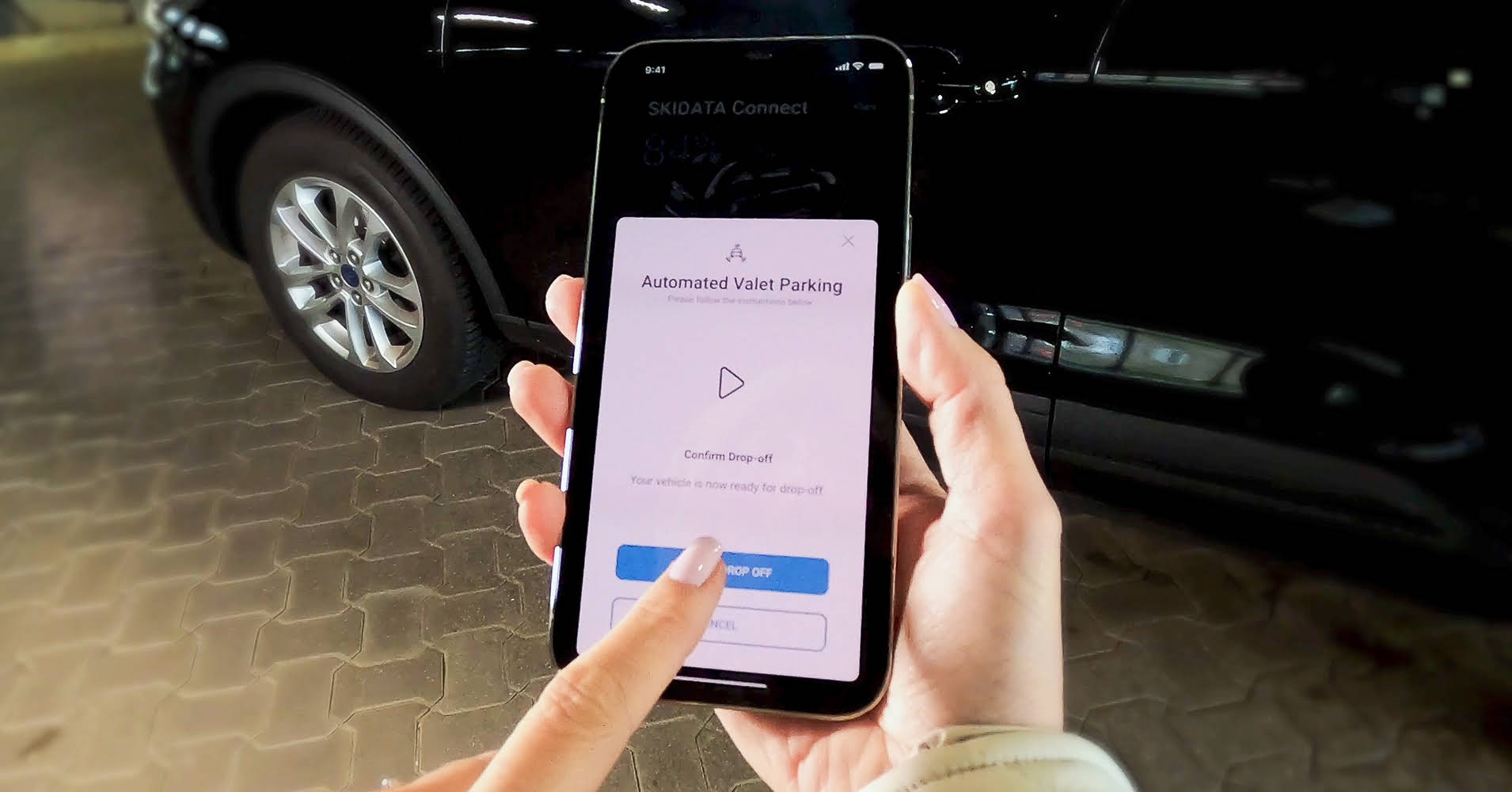SKIDATA + ePARK: Building the Future of Parking Together
SKIDATA: From Ticket-Based Systems to AI-Based Mobility
Navigating the New Horizons of Parking: From Ticket-Based Systems to AI-Based Mobility
Navigating the New Horizons of Parking: From Ticket-Based Systems to AI-Based Mobility
Thomas Doppler3 minutes reading time

The journey of parking management has undergone remarkable transformations—from traditional ticket-based systems to the innovative realms of ticketless and barrierless parking, and now, to the advanced stages of AI-Based Mobility. SKIDATA has been instrumental in driving this evolution, constantly introducing technologies that redefine how we think about and interact with parking spaces.
Understanding Video Car Tracking: A Gateway to Modern Parking
Before we dive into the advanced features and benefits of car tracking per video, let’s establish a foundational understanding of how this technology functions within a car park.
How Video Car Tracking Works
Video Car Tracking Systems transform parking garages to operate through a strategic deployment of cameras. This network of cameras captures and analyzes video streams in real-time, facilitating robust vehicle and object recognition.
- Camera Installation: Cameras are strategically placed throughout the parking garage, covering various angles and levels to ensure comprehensive visibility.
- Routine Operations: Vehicles enter and navigate the garage as they typically would, driven by humans, irrespective of the parking operation mode: ticketed, ticketless, or barrierless.
- AI-Driven Recognition: Utilizing cutting-edge AI software, the system identifies vehicles based on their license plates, which can be supplemented with additional data such as the vehicle’s make, model, and color.
- Extended Functionalities: Beyond basic identification of license plates, the system supports a variety of functions, including vehicle counting, floor-specific counting, and the implementation of special tariffs for certain areas.
This setup equips parking facilities to handle current demands while scaling for future enhancements, such as Automated Valet Parking (AVP).
The Rise of Video Car Tracking
Now that we’ve outlined how this solution works, let’s explore how it changes parking management.
Key Features of Video Car Tracking
- Scalable Technology: The more cameras installed, the more robust the functionality, allowing for tailored solutions that meet the specific needs of any facility.
- Universal Application: This system is designed to integrate seamlessly with all types of parking operations and ensures improvements in both new and existing facilities.
- Enhanced User Experience: AI-powered license plate and vehicle recognition streamline the entry and exit processes, significantly enhancing convenience for visitors and efficiency for operators.
Advancements Enabled by Video Car Tracking
- Automatic Plate Correction: Achieves a unique matching rate with clear billing, while optimizing operations by eliminating manual corrections.
- Simplified Floor Counting: Delivers more accurate and reliable counts of available spaces without the need for physical loops, reducing costs and maintenance needs.
- EV-Charging Surveillance and Special Tariffs: Monitors charging stations to prevent misuse and optimize revenue, all while improving visitor convenience.
Anticipating the Future: Automated Valet Parking
As SKIDATA continues to enhance Video Car Tracking technologies, it also lays the groundwork for the near future of Automated Valet Parking (as shown live at Intertraffic 2024). This innovation will streamline how vehicles are stored and managed, elevating capacity and security within parking facilities.
Preparing for Automated Valet Parking
- Readiness for Future Applications: The existing infrastructure of Video Car Tracking seamlessly supports the transition to AVP. With capabilities like more accurate guidance, reduction of search traffic, and carfinder services, parking lots are transforming into highly efficient, user-focused environments.
- Enhanced Capacity and Security: AVP will allow parking facilities to increase their capacity without the need for physical expansion, while also boosting security and reducing the potential for accidents and theft.
Conclusion: Embracing AI-Based Mobility
The evolution from traditional parking methods to AI-Based Mobility represents a significant leap forward in how we utilize and manage urban spaces.SKIDATA is not just responding to changes in parking technology—we are actively defining them. For parking operation managers, adopting these AI-powered solutions is essential for thriving in an increasingly automated landscape.
SKIDATA is at the forefront of this evolution, ensuring that parking becomes more intelligent, seamless, and user-centric than ever.




